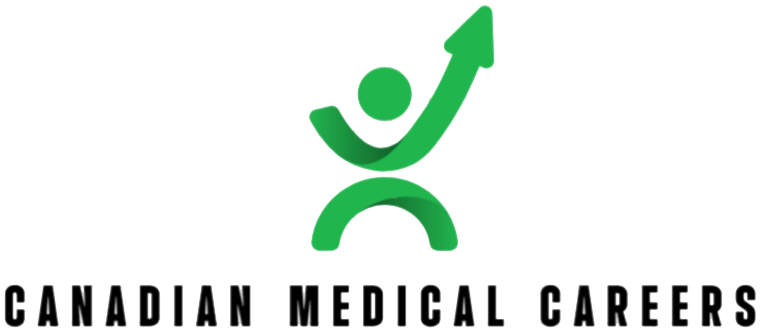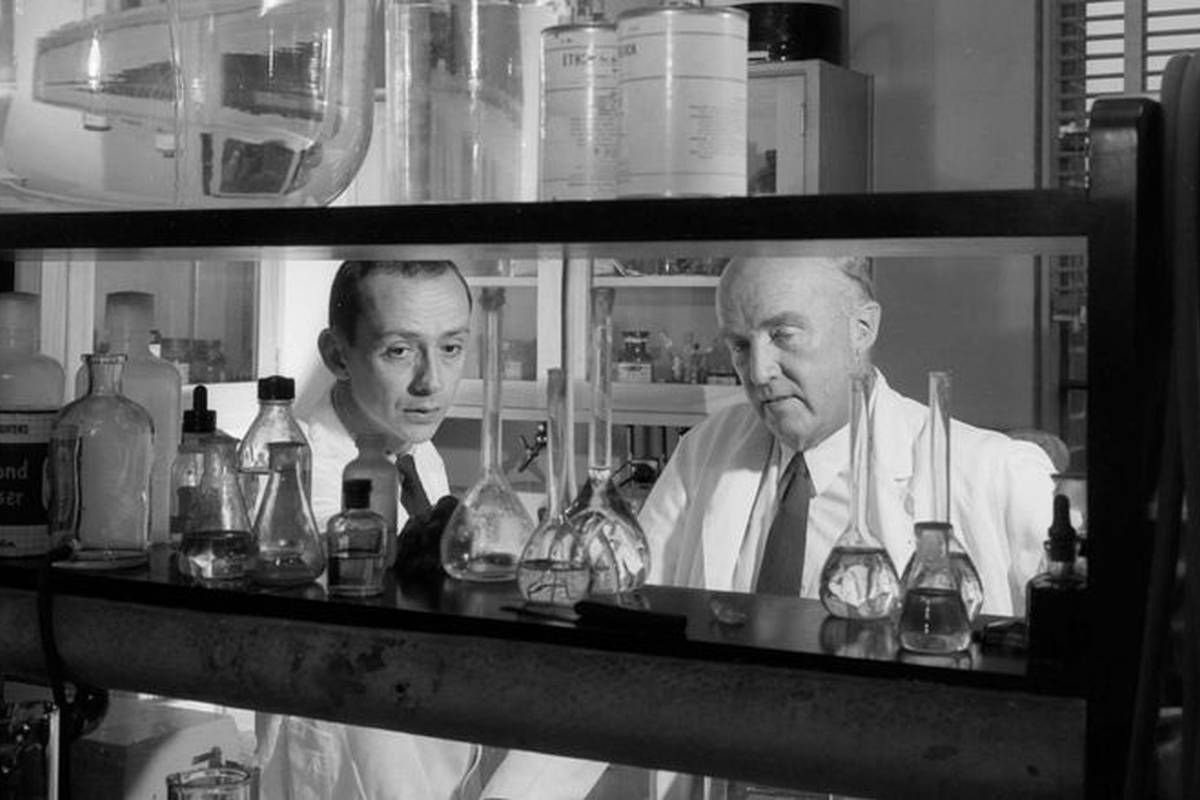Long before European settlers arrived, Indigenous peoples in what is now Canada had developed sophisticated systems of medicine based on their deep understanding of the natural environment.
Traditional healers, often referred to as medicine men or women, utilized a wide range of plants, herbs, and rituals to treat illnesses and injuries. These practices were holistic, aiming to heal the body, mind, and spirit simultaneously.
Remedies were often passed down through generations, preserving a wealth of knowledge about local flora and fauna and their medicinal properties.
The Arrival of European Settlers
The arrival of European settlers in the 16th and 17th centuries brought new medical practices and theories to Canada.
Initially, settlers relied heavily on Indigenous knowledge to survive in the unfamiliar and often harsh environment.
However, European medical practices soon took root, influenced by contemporary medical theories from Europe.
During the 17th and 18th centuries, medicine in Canada was rudimentary. Treatments were based on the humoral theory of medicine, which proposed that health was maintained by balancing the body’s four humors: blood, phlegm, black bile, and yellow bile. Common treatments included bloodletting and the use of herbal remedies.
Most medical care was provided by barber-surgeons, apothecaries, and midwives, as formally trained physicians were scarce.
Establishment of Medical Institutions
The 19th century marked significant progress in Canadian medical practice. In 1829, the first medical school in Canada, the Montreal Medical Institution, was founded. This institution later became the Faculty of Medicine at McGill University. The establishment of medical schools marked a shift towards more formalized and scientific medical training.
During this period, hospitals began to emerge in major cities. The first hospital in Canada, the Hôtel-Dieu de Québec, was founded by Augustinian nuns in 1639. Hospitals were initially places for the poor and destitute, but their role expanded over time as medical knowledge and technologies advanced.
The advent of anesthesia in the mid-19th century revolutionized surgery, making procedures more bearable and safer for patients.
Public Health and Professionalization
The late 19th and early 20th centuries saw the professionalization of medicine and the establishment of public health systems.
The formation of medical associations, such as the Canadian Medical Association (CMA) in 1867, played a crucial role in standardizing medical education and practice. Licensing bodies were established to regulate the profession, ensuring that only qualified individuals could practice medicine.
Public health initiatives became increasingly important as cities grew and industrialization led to new health challenges.
Epidemics of diseases like smallpox, cholera, and tuberculosis prompted the creation of public health boards and the implementation of vaccination programs.
Advances in bacteriology and the germ theory of disease, championed by scientists like Louis Pasteur and Robert Koch, led to improved sanitation and the development of vaccines.
The Rise of Universal Healthcare
One of the most significant developments in Canadian medical history was the introduction of universal healthcare. Before the mid-20th century, medical care in Canada was largely privately funded, and access to healthcare depended on an individual’s ability to pay. This system left many Canadians without adequate medical care.
In the 1940s and 1950s, the provinces of Saskatchewan and Alberta introduced publicly funded health insurance programs. The success of these programs paved the way for national reforms. In 1966, the federal government passed the Medical Care Act, which established a system of universal healthcare across Canada.
This system, known as Medicare, ensures that all Canadian citizens and permanent residents have access to medically necessary hospital and physician services without direct charges at the point of care.
Modern Medical Advances
The latter half of the 20th century and the early 21st century have seen remarkable advances in medical science and technology in Canada.
The development of new diagnostic tools, such as MRI and CT scans, has revolutionized the ability to diagnose and treat diseases. Canada has also been at the forefront of medical research and innovation, contributing to breakthroughs in fields like genetics, cancer treatment, and neurology.
The healthcare system has faced challenges, including issues related to funding, wait times for certain medical procedures, and the need to integrate new technologies and treatments. Despite these challenges, Canada’s commitment to universal healthcare remains strong, and the country continues to prioritize advancements in medical care and public health.
Conclusion
The history of medical practice in Canada is a story of evolution and innovation, from the traditional healing practices of Indigenous peoples to the establishment of a universal healthcare system admired around the world.
As Canada moves forward, its medical community continues to build on this rich history, striving to improve health outcomes for all Canadians through research, innovation, and a commitment to accessible healthcare.



